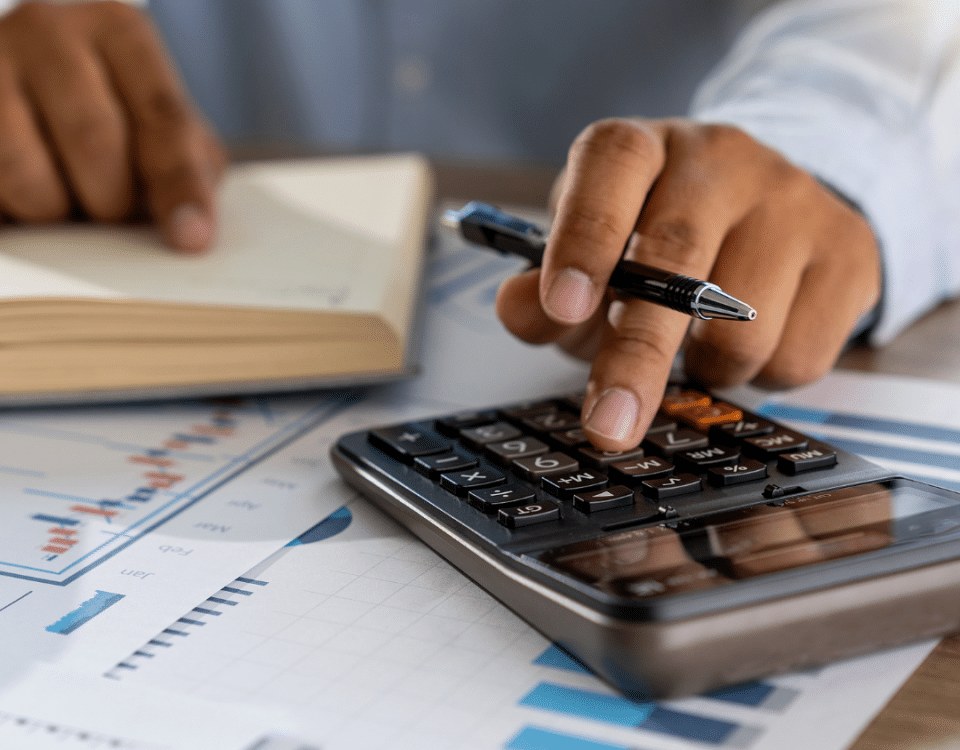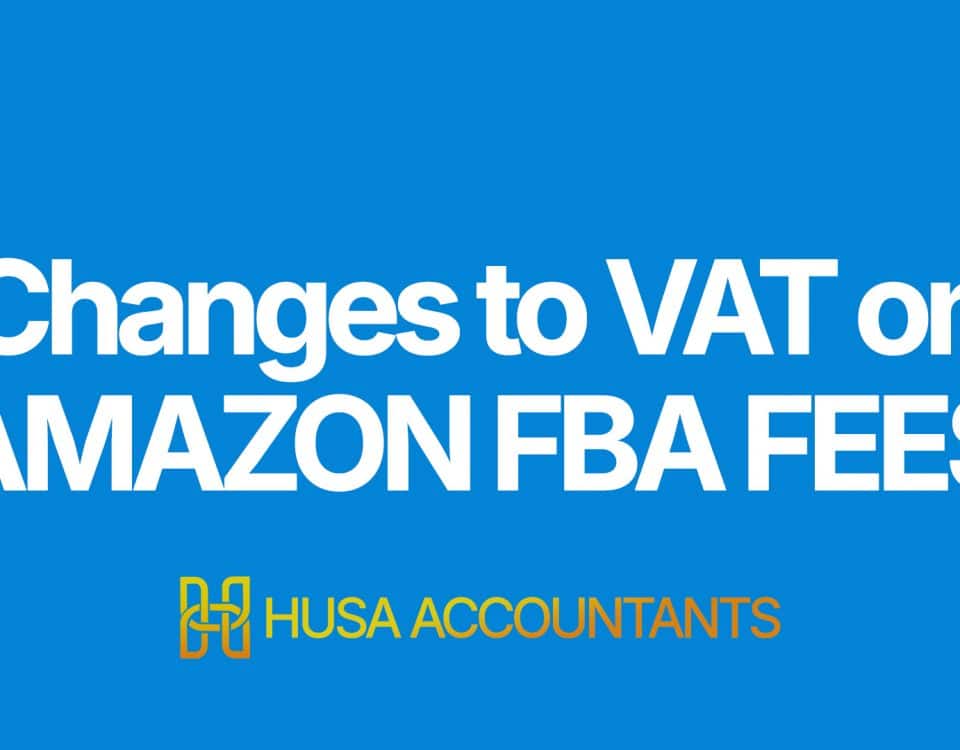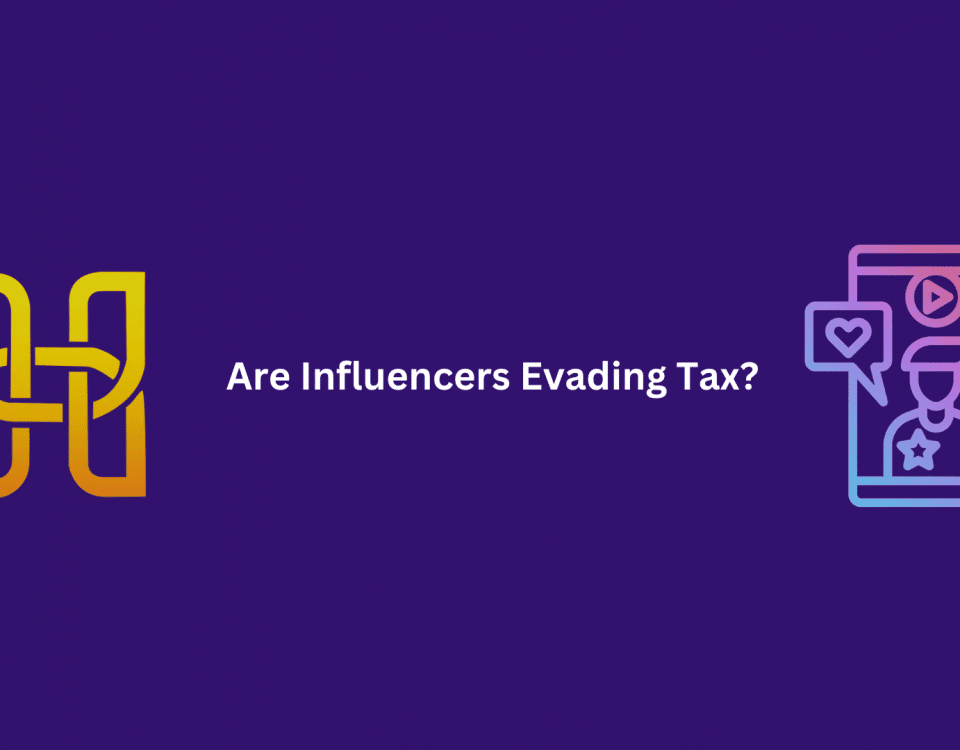VAT on commercial property purchases, and property transactions generally, is a very complex area – and as always in such instances, the important thing is to seek expert advice as early as possible, if you think it may be an issue you are likely to encounter.
However, below is an introduction to some of the key points you may need to consider.
While that may be good news for a purchaser, it does mean that when a vendor or landlord supplies a property that is exempt from VAT, they are unable to recover any VAT incurred on related costs.
And there are certain exceptions to this rule. VAT at the standard rate is applied to commercial property transactions where the property involved is new, i.e. less than 3 years old, or where the vendor or landlord has elected to charge VAT. The latter may occur where a property has been refurbished or renovated, and the vendor or landlord is looking to recover the VAT costs associated with that work.
If a supplier wishes to charge VAT on a commercial property transaction, there are certain restrictions and procedures that they must comply with.
The supplier must decide to opt to tax the property, and notify HMRC of their intentions in writing within 30 days of this decision. It is important that the decision to opt is taken before any exempt supplies are made in respect of the property. If the supplier has previously made exempt supplies in respect of a particular property or piece of land, they will need to get permission from HMRC if they wish to elect to charge VAT on future supplies in relation to that land/building.
Once a supplier has notified HMRC of their option to tax, that decision lasts for 20 years and is largely regarded as irrevocable, so making the right long-term decision is crucial. It should be noted that the option to charge VAT does not follow the property, so the next purchaser or tenant will need to decide whether or not to opt to tax and this will depend on their use of the building.
One issue to consider is the potential market for the property itself. If the market sector is likely to include significant numbers of buyers who themselves cannot recover VAT as they make exempt supplies– such as banks, financial institutions, and businesses in the health, welfare and charitable sectors – electing to charge VAT can have a negative impact on the ability to sell or lease a property.
A TOGC is outside of the scope of VAT, and so no VAT will be payable – which could be an attractive option for buyers in these circumstances. For the TOGC conditions to be met, the buyer must mirror the seller’s VAT position by the date of transfer. This means that if the seller is registered for VAT and has opted to tax the building, the buyer must do likewise and the notification of the option to tax must be received by HMRC by the date of transfer.
However, below is an introduction to some of the key points you may need to consider.
VAT exemption on commercial property
As a general rule, the sale or lease of a commercial property is exempt from VAT, which means neither a purchaser nor a tenant would have to pay VAT. That exemption extends to the exchange of interests in, rights over or licences to occupy commercial properties.While that may be good news for a purchaser, it does mean that when a vendor or landlord supplies a property that is exempt from VAT, they are unable to recover any VAT incurred on related costs.
And there are certain exceptions to this rule. VAT at the standard rate is applied to commercial property transactions where the property involved is new, i.e. less than 3 years old, or where the vendor or landlord has elected to charge VAT. The latter may occur where a property has been refurbished or renovated, and the vendor or landlord is looking to recover the VAT costs associated with that work.
Electing to charge VAT
Commercial property owners can opt to charge VAT at the standard rate (currently 20%) when selling or leasing their property. If they do so, they must charge VAT on all supplies they make relating to that property – but they are also then able to recover VAT charged to them on any costs related to the property.If a supplier wishes to charge VAT on a commercial property transaction, there are certain restrictions and procedures that they must comply with.
The supplier must decide to opt to tax the property, and notify HMRC of their intentions in writing within 30 days of this decision. It is important that the decision to opt is taken before any exempt supplies are made in respect of the property. If the supplier has previously made exempt supplies in respect of a particular property or piece of land, they will need to get permission from HMRC if they wish to elect to charge VAT on future supplies in relation to that land/building.
Once a supplier has notified HMRC of their option to tax, that decision lasts for 20 years and is largely regarded as irrevocable, so making the right long-term decision is crucial. It should be noted that the option to charge VAT does not follow the property, so the next purchaser or tenant will need to decide whether or not to opt to tax and this will depend on their use of the building.
One issue to consider is the potential market for the property itself. If the market sector is likely to include significant numbers of buyers who themselves cannot recover VAT as they make exempt supplies– such as banks, financial institutions, and businesses in the health, welfare and charitable sectors – electing to charge VAT can have a negative impact on the ability to sell or lease a property.
Transfer of a going concern
If the property being sold is capable of being run as a property rental business (for example, being sold with tenants in place or with the benefit of an existing lease), and the buyer intends to carry on the same type of business, this commercial property transaction may then be classed as a Transfer of Going Concern (TOGC).A TOGC is outside of the scope of VAT, and so no VAT will be payable – which could be an attractive option for buyers in these circumstances. For the TOGC conditions to be met, the buyer must mirror the seller’s VAT position by the date of transfer. This means that if the seller is registered for VAT and has opted to tax the building, the buyer must do likewise and the notification of the option to tax must be received by HMRC by the date of transfer.




